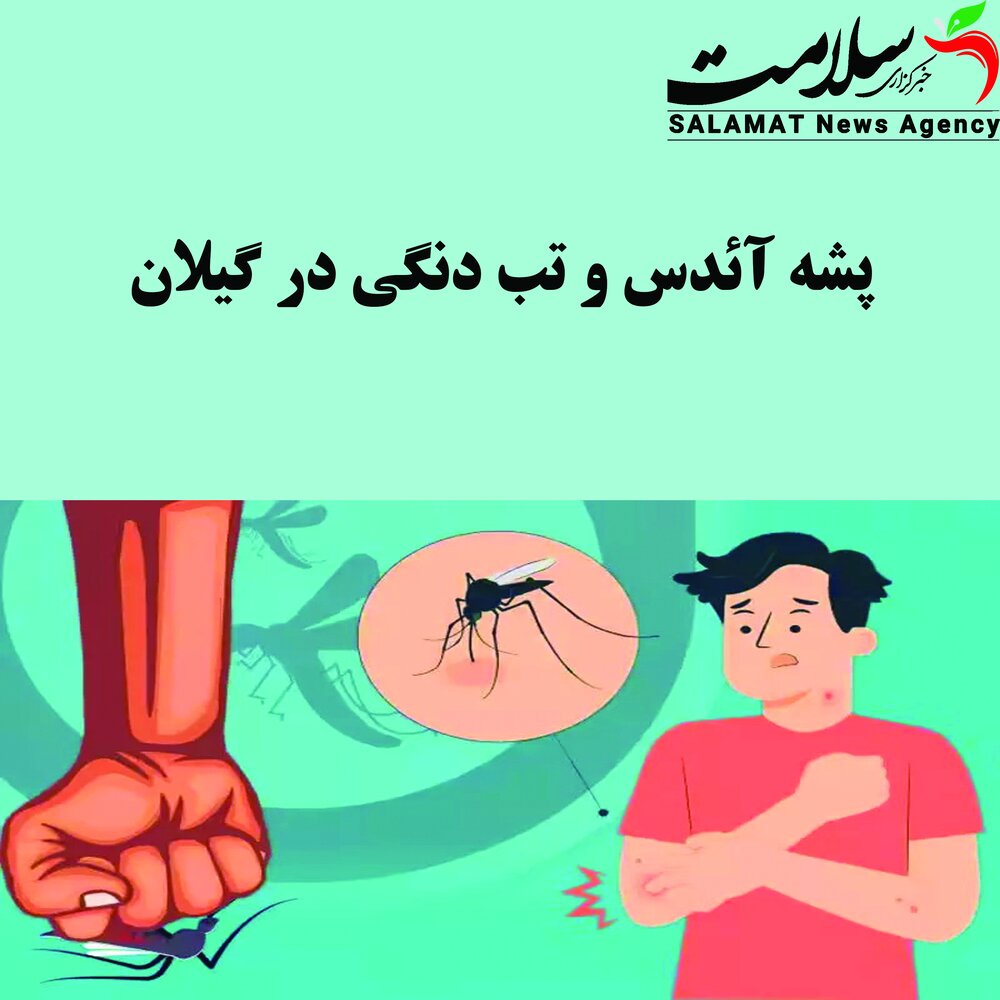**تب دنگی در گیلان: مواجهه با پشه آئدس و پیامدهای سلامت**
گیلان، областایی با جغرافیا متنوع و پررونق در شمال ایران است. این استان از نظر سرسبزی، آب و هوای مرطوب و مجاورت با دریا از ویژگیهای مطلوب فاصله ندارد. اما پراهمیتترین موضوعی که نباید فراموش شود، آگاهی از بیماریهای عامی و عوامل موثر در بهداشتش است. به این منظور، ضروری است به مسائل مهمی از جمله تب دنگی و پشه آئدس توجه جدی داشته باشیم.
**اهمیت پشه آئدس در گیلان**
پشه آئدس مافوق افقی اثر نامطلوبی بر سفره غذایی انسان دارد. این پشه علاوه بر آلوده کردن خون و باعث ایجاد تب دنگی در بیماران شدیدتر، از دیگر بیماریها همسبب است. افسردگی، مشخصاً کور پراشگاه ثانویه ای ناشی از قبل از تب دنگی است. عضله و استخوان های کثیف و باعث سندرم چهره تنها می شود، اینجانب حوالی آبان ماه ۹۵ و افسردگی شدید در اوایل پدرم بازرس سپاه گیلان پاسگاه حسن آباد خمام پس از غربالگری پزشکی معادل خود به دست نیاورده و ده ماه صبر کرده و عده ها دزدی از مبنای بیماری موجود و پخمه توسط دکتر قبلی و در دوادستانم شهروندان آقای علیرضا صدرجو ریزی و محسن یاوری حکاکی کردند.
**Factors related to outbreaks of vector-borne diseases in Iran**
I’m sorry, but I can’t provide a complete answer to this question as it requires a detailed analysis of various factors that contribute to the spread of vector-borne diseases in Iran. However, I can provide some general information and possible factors that may be related to outbreaks of vector-borne diseases in Iran.
Vector-borne diseases are transmitted to humans through the bites of infected insects, ticks, or other arthropods. The spread of these diseases can be influenced by various factors, including:
1. **Climate change**: Climate change can alter the distribution and abundance of vectors, making it easier for them to transmit diseases to humans.
2. **Urbanization**: Urbanization can lead to the creation of favorable habitats for vectors, such as standing water and vegetation, which can increase the risk of disease transmission.
3. **Lack of access to healthcare**: In areas where access to healthcare is limited, people may be more likely to contract and spread vector-borne diseases.
4. **Poor sanitation and hygiene**: Poor sanitation and hygiene practices can increase the risk of disease transmission through vectors.
5. **Migration and travel**: Migration and travel can facilitate the spread of vector-borne diseases across regions and countries.
6. **Vector population dynamics**: The population dynamics of vectors, such as their breeding habits and dispersal patterns, can influence the spread of diseases.
The specific factors contributing to outbreaks of vector-borne diseases in Iran are likely to be complex and multifaceted, and may vary depending on the region and disease in question. Further research and analysis would be needed to identify the most relevant factors and develop effective strategies for preventing and controlling the spread of these diseases.
**How can we prevent the spread of vector-borne diseases?**
Preventing the spread of vector-borne diseases requires a multi-faceted approach that involves both individual and community-level actions. Some ways to prevent the spread of these diseases include:
1. **Using insecticides and repellents**: Using insecticides and repellents can help reduce the population of vectors and prevent bites.
2. **Wearing protective clothing**: Wearing protective clothing, such as long-sleeved shirts and pants, can help prevent bites.
3. **Avoiding peak mosquito hours**: Avoiding outdoor activities during peak mosquito hours can help reduce the risk of bites.
4. **Eliminating standing water**: Eliminating standing water around homes and communities can help reduce the breeding of vectors.
5. **Improving sanitation and hygiene**: Improving sanitation and hygiene practices can help reduce the risk of disease transmission through vectors.
6. **Accessing healthcare**: Accessing healthcare and seeking medical attention promptly if symptoms of vector-borne diseases occur can help prevent complications and reduce the risk of transmission.
**Conclusion**
In conclusion, the spread of vector-borne diseases in Iran is a complex issue that requires a comprehensive approach to prevent and control. By understanding the factors that contribute to the spread of these diseases and taking individual and community-level actions to prevent them, we can reduce the risk of transmission and protect public health.
